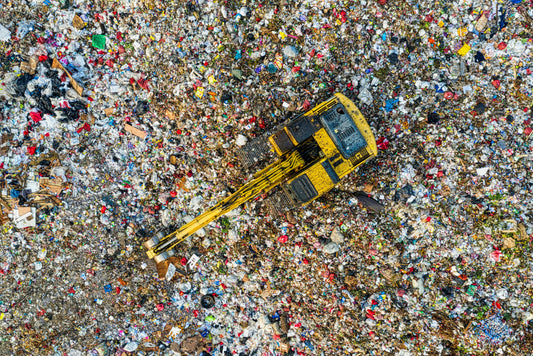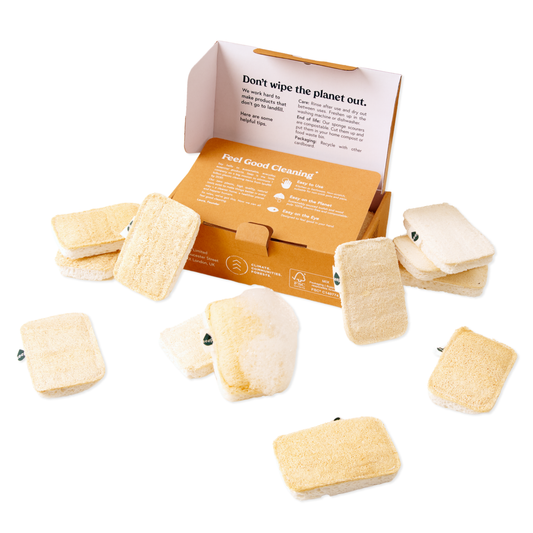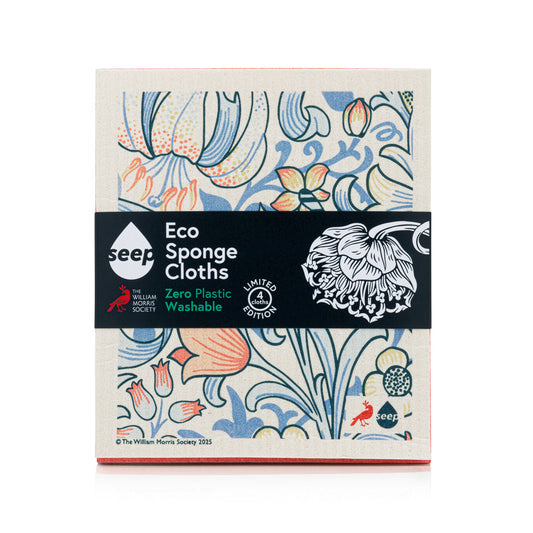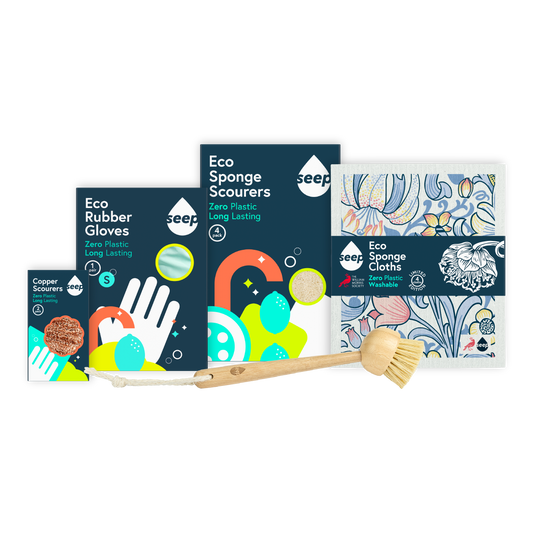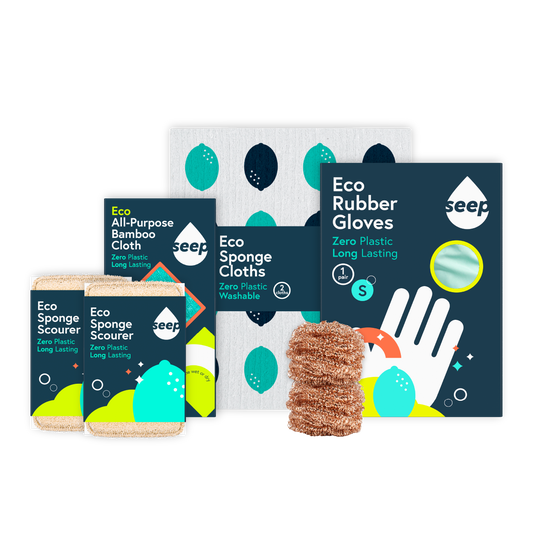
We've all heard of cleaning hacks that promise to make our chores easier and more effective. From household remedies passed down through generations to the latest internet trends, there's no shortage of supposed shortcuts to a sparkling clean home.
However, not all cleaning hacks are created equal and some actually might make things worse and give you extra unnecessary work. In this blog, we'll debunk 8 popular cleaning hacks that don't work and explain why you should avoid them.
-
Using newspapers for streak-free windows 🪟
Newspapers can leave ink and lint behind, particularly if they are old and/or wet.
-
Using oil to clean your stainless steel 🛢
While it might temporarily add shine, oil can leave behind a greasy residue that attracts dust and dirt and enhances the visibility of fingerprints and smudges. It also doesn't provide the deep cleaning action needed to remove stains, grime or water spots.
- Using lemon juice as a natural bleach alternative 🍋
Lemon juice is often recommended as a natural alternative to bleach for brightening and whitening laundry. While it's true that lemon juice has some mild bleaching properties, it can weaken fibres, cause colour fading, especially on delicate or coloured fabrics, and have inconsistent results.
- Mixing baking soda and white vinegar 🫧
These are popular natural cleaning products and for a good reason! However, when white vinegar (acid) and baking soda (base) are mixed together, they create a pH neutral solution that is essentially salty water. The initial fizzy reaction can help remove some stains and odours, but this reaction lasts for a few seconds only and is then ineffective.
- Microwaving a sponge to sterilise it 🧽
First and foremost, microwaving sponges can pose safety risks if not done properly. While heat is proven to kill some bacteria, sponges won't be evenly heat and therefore some germs will remain. Microwaving can also degrade the sponge's material over time, leading to reduced durability and effectiveness in cleaning. Lastly, the microwave itself can be a breeding ground for microbes.
-
Using cola to clean toilet bowl 🚽
The acidity in Coke or Pepsi can indeed break down stains and smells, but it's not strong enough to remove tough mineral deposits. This also shouldn't be done regularly, as the dark colour of the drink can stain the toilet bowl and the sugar can leave a sticky residue, which by itself can attract more bacteria.
-
Using lemon wedges to clean dishwasher 🍽
Citric acid is known to be effective at removing limescale buildup, but a single wedge (or even an entire lemon) isn't enough to make a visible difference. Plus, by falling apart in the cycle, the particles could clog the dishwasher's filter and make your dishwasher smell bad over time.
-
Using mouthwash to clean washing machine 🧴
Mouthwash may make your mouth fresh, fragrant and bacteria-free, but it doesn’t mean it will do the same to your washing machine or clothes. Most mouthwashes have added dyes, which could stain your clothes, and other ingredients, such as alcohol and preservatives, that can leave a sticky residue behind. Plus, its acidity can corrode the washing machine's rubber parts.
If you're looking for effective natural cleaning alternatives, then we recommend sticking to white vinegar or baking soda.
While some cleaning hacks may work for specific situations, others may do more harm than good. Always research and test a cleaning hack before relying on it, and remember that some tried-and-true cleaning methods and products are often the most effective and safest options for keeping your home clean and healthy.
So, the next time you come across a cleaning hack that sounds too good to be true, approach it with caution and don't be afraid to stick to the proven cleaning methods that have stood the test of time.



